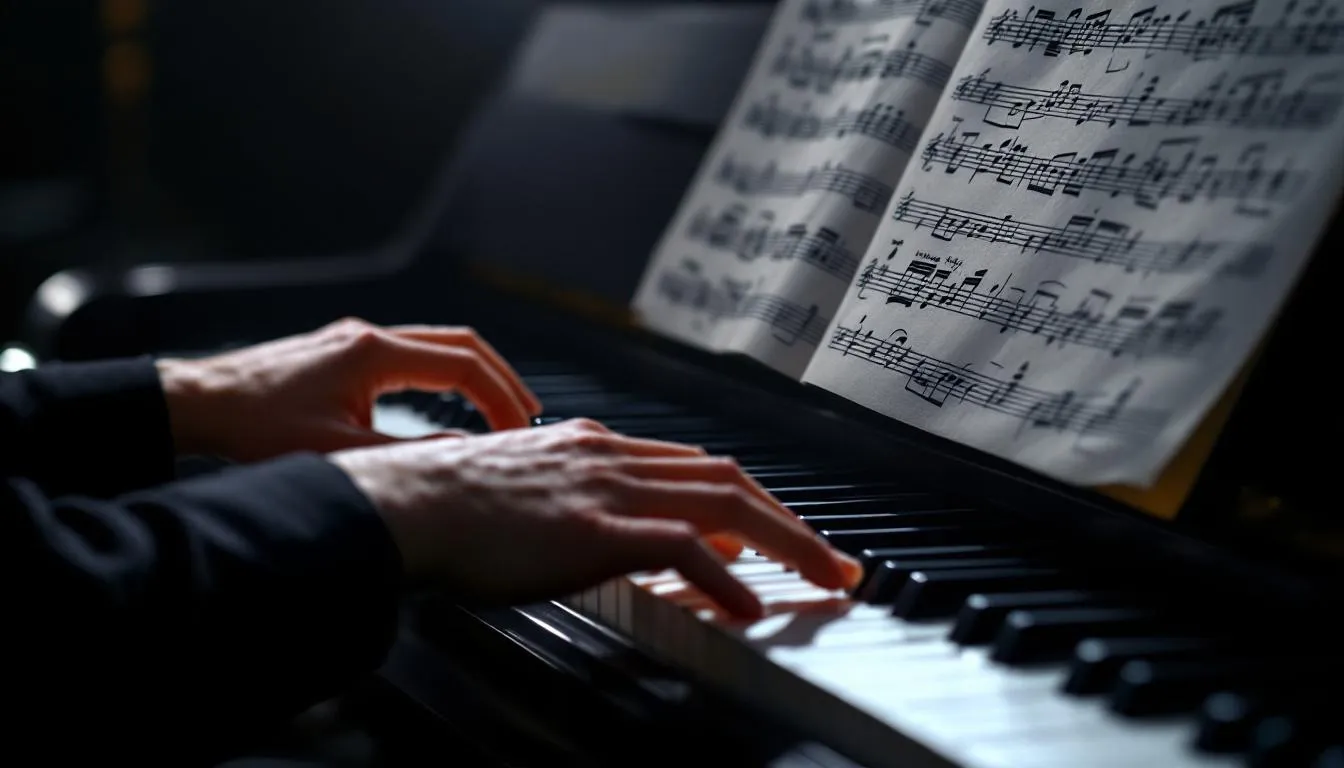
Do Bands Need Uniform Chords Across Instruments?
Chord uniformity in bands refers to playing identical chords across all instruments, aiming for a cohesive sound. While this seems logical, bands can benefit from breaking away from this rigidity. Allowing varied chords across instruments can enhance the music’s richness and depth. Bands do not need to play the same chords across instruments; embracing creative […]
Continue reading →







